AI model Dessie uses video to turn horse movement into 3D. It spots pain early, even before vets can. It may help study other animals.

www.earth.com
04-14-2025
How AI is helping horses speak without words
By
Sanjana Gajbhiye
Earth.com staff writer
For centuries, horses have stood beside humans – on farms, in sport, in therapy, and in war. They carry our weight, follow our signals, and react with subtle cues. But one thing they cannot do is speak.
Horses show discomfort through posture, tension, or the way they walk. Yet, unless you’re a trained expert, these signs are easy to miss. What if
AI could give horses a voice – not in words, but through movement data?
That’s exactly what a team of researchers from Sweden is doing. Using a blend of machine learning and synthetic imagery, they’ve created an AI model that can interpret the body language of horses in 3D.
This breakthrough system is named
Dessie, and it may reshape how we detect pain or illness in animals that can’t tell us where it hurts.
Why reading horses is so difficult
Veterinarians often rely on visual cues during clinical exams. However, movements that signal distress are subtle and easy to misinterpret.
Human
observation has its limits – particularly in dynamic settings like walking or trotting. Horses may offload pain to one limb, change their weight distribution, or shift their posture slightly. These changes can indicate orthopedic issues, behavioral distress, or early signs of injury.
Traditional diagnostic tools such as X-rays or MRIs show results after the damage has taken hold. Dessie aims to catch the signs earlier, by helping humans read equine body language more precisely.
The model works by transforming 2D images into 3D representations that reflect the horse’s shape, pose, and motion in real-time.
This isn’t just about visualizing a horse. It’s about interpreting a language that’s always been there – unspoken, physical, and deeply expressive.
Isolating movement patterns
Dessie works using a special kind of
AI training method called disentangled learning. In traditional models, all the information – pose, shape, background, lighting – is bundled together. That can confuse the AI, making it harder to focus on what matters: the horse.
Disentangled learning separates each feature. It puts shape in one box, pose in another, and ignores irrelevant background noise.
This makes Dessie’s 3D reconstructions not just detailed but reliable. Researchers can now isolate movement patterns without the distraction of surrounding objects or inconsistent lighting.
“Dessie marks the first example of disentangled learning in non-human 3D motion models,” said Hedvig Kjellström, Professor in computer vision and machine learning at
KTH Royal Institute of Technology.
Dessie also doesn’t need high-end cameras or markers on the horse’s body. It can work with simple video footage, using just a single camera. That opens up new possibilities for rural clinics, breeders, and researchers who might not have access to expensive imaging technology.
Recognizing how different horses move
To train Dessie, researchers needed massive amounts of visual data. But real-world images of horses in varied poses, lighting, and breeds are hard to collect.
So, the team developed a synthetic data engine called DessiePIPE. It generates endless horse images using a 3D model and AI-generated textures, all based on real-world breed characteristics.
This synthetic approach allows researchers to teach Dessie how different horses move – without needing thousands of live animals. DessiePIPE renders horses walking, eating, rearing, or resting, with random backgrounds and lighting conditions.
The system can even generate matched image pairs that differ in just one
aspect – such as shape or pose – to train the model to notice small differences.
This method not only trains Dessie to recognize subtle motion differences but also makes the system generalize better to new environments.
AI detects how horses show pain
Pain in horses often shows up as subtle changes in gait or stance. These cues can go unnoticed unless observed by experienced clinicians. Dessie offers a new level of insight by translating these signs into 3D metrics.
Elin Hernlund, associate professor at
SLU and an equine orthopedics clinician, noted that the model helps spot early warning signs.
“Horses are powerful but fragile and they tell us how they are feeling by their body language. By watching their gait we can see, for example, if they are offloading pain,” said Hernlund.
With Dessie, that gait can be measured and modeled precisely. The result is a digital record of posture and movement, which can be reviewed repeatedly, compared over time, or shared across clinics.
“We say we created a digital voice to help these
animals break through the barrier of communication between animals and humans. To tell us what they are feeling,” said Hernlund.
“It’s the smartest and highest resolution way to extract digital information from the horse’s body – even their faces, which can tell us a great deal.”
Detecting problems with real-world data
Although Dessie was trained largely on synthetic data, it performs remarkably well on real-world images. The researchers fine-tuned the system using just 150 real annotated images. Even with this small set, Dessie outperformed state-of-the-art models on benchmark tasks.
In keypoint detection tasks, where the system must locate joints or features on a horse’s body, Dessie achieved higher accuracy than tools like MagicPony or Farm3D. It also predicted body shape and motion more precisely – essential for detecting problems like lameness or muscular asymmetry.
When trained with larger datasets, Dessie improved even further, beating out models that had been trained on much more data but lacked the structure provided by disentangled learning.
AI model isn’t limited to horses
Though built for horses, Dessie isn’t limited to them. Its architecture is flexible enough to generalize to similar species like zebras, cows, or deer. The model can reconstruct these animals in 3D, despite never having been trained on them directly.
This opens the door for broader applications in animal welfare, research, and conservation. Endangered species, for instance, could be studied using just photographs and videos, without the need for intrusive monitoring.
The researchers even demonstrated Dessie’s ability to process artistic images – paintings and cartoons – and still generate accurate 3D models. That shows just how well the system can separate core features from visual distractions.
The road ahead: Limitations and ambitions
While promising, Dessie still has limitations. It works best when there’s only one horse in the frame.
If the model encounters unusual body shapes not present in the training data, it struggles to adapt. The team hopes to solve this by incorporating a new model called VAREN, which has better shape diversity.
The experts are also expanding Dessie’s library of visual data. To do that, they’re reaching out to breeders worldwide.
“To achieve this, we’re asking breeders to send images of their breeds to capture as much variation as possible,” said Hernlund.
With more diverse images, Dessie could learn to identify breed-specific traits, track genetic links to motion patterns, and improve care for horses of all types.
Letting horses speak through movement
Dessie doesn’t teach horses a new language. Instead, it helps us finally understand the one they’ve always used. By converting motion into a digital voice, the AI makes communication between horses and humans more accurate and empathetic.
It marks a step toward a future where animals can tell us more – where their movements carry the weight of meaning, and where science helps us listen.
For horses, and maybe for other animals too, the silence might finally be over.
The study is published in
arXiv.

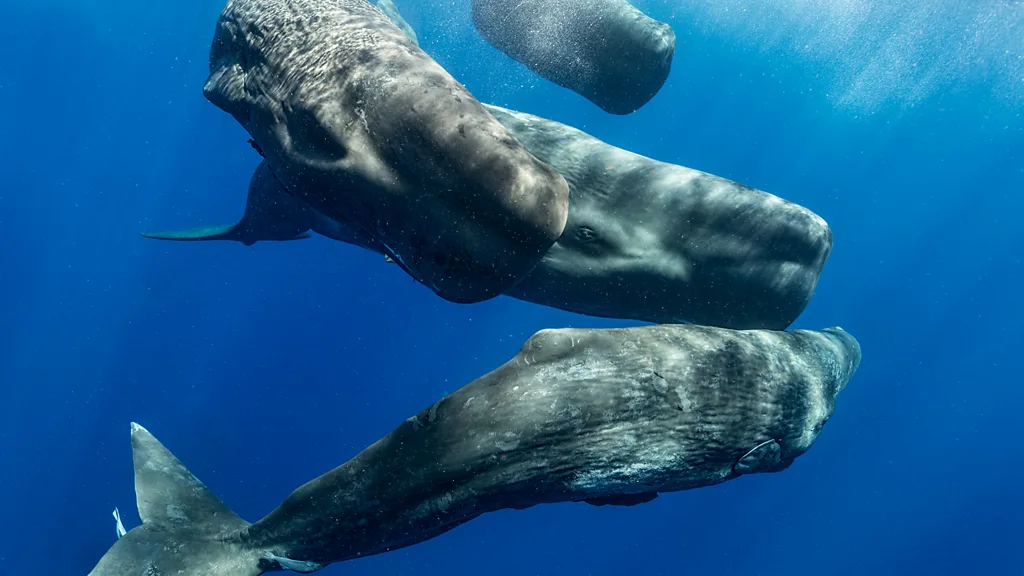
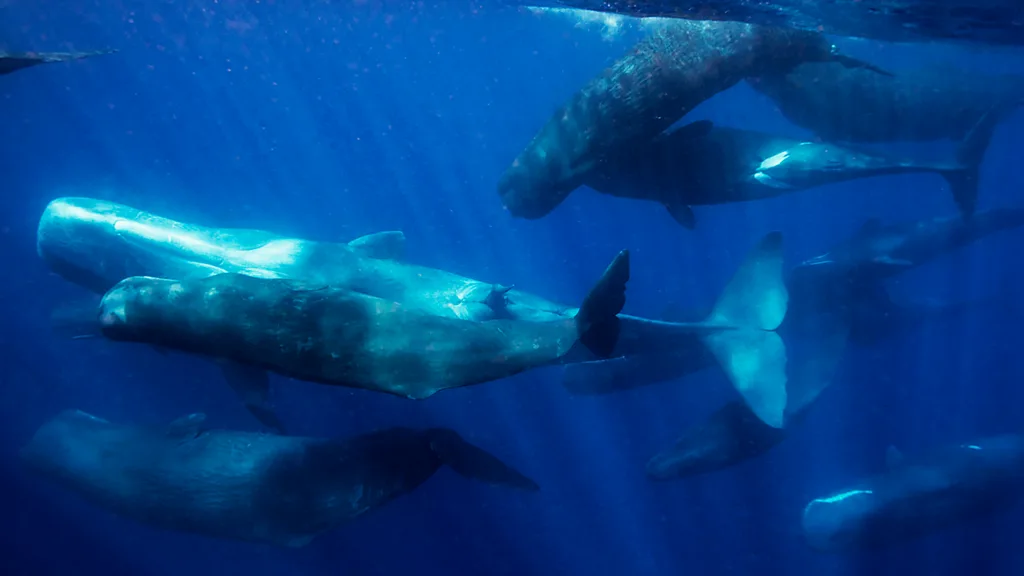
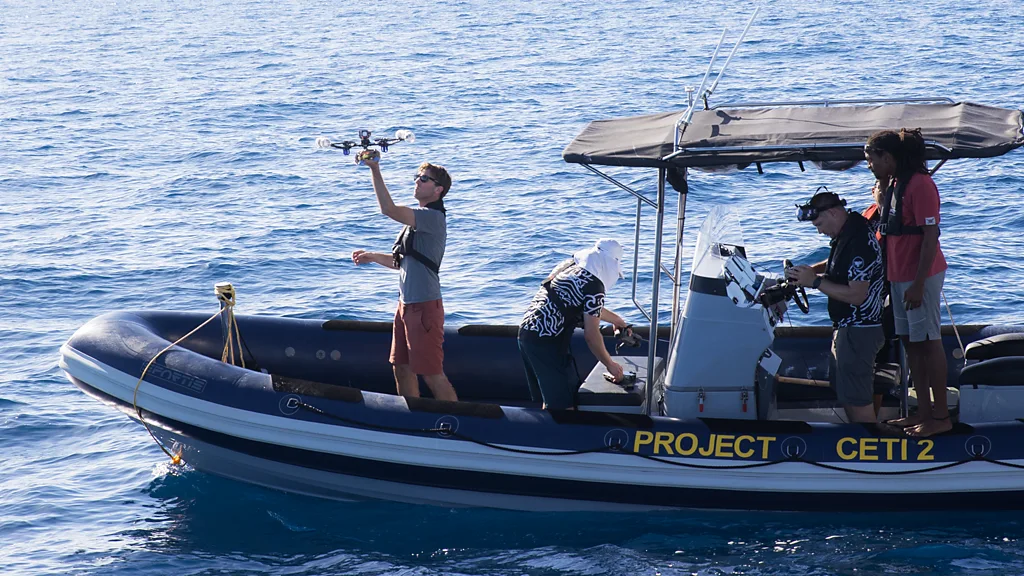
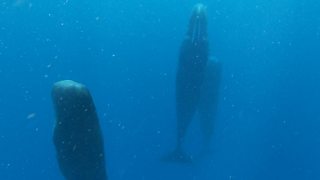
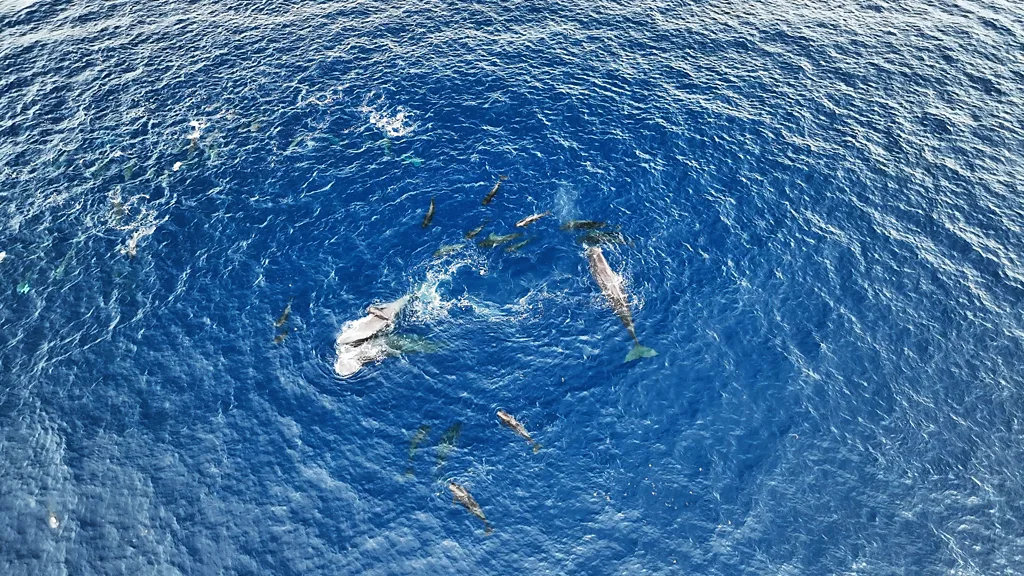












 www.eweek.com
www.eweek.com







